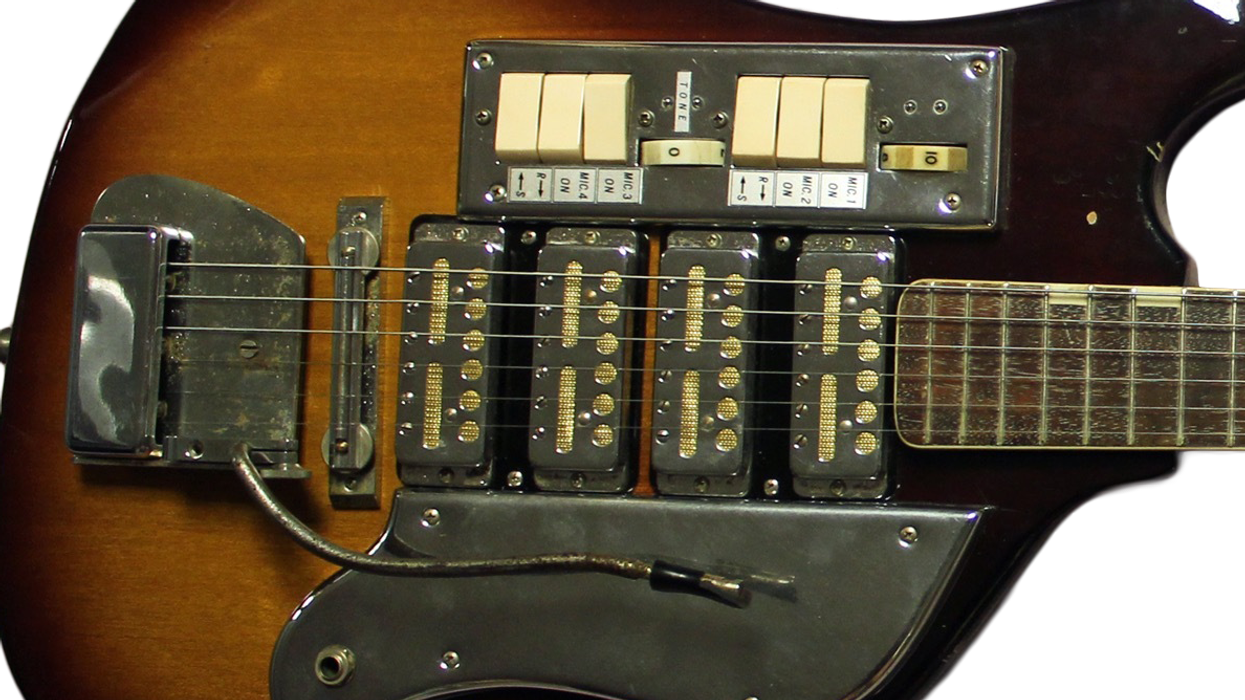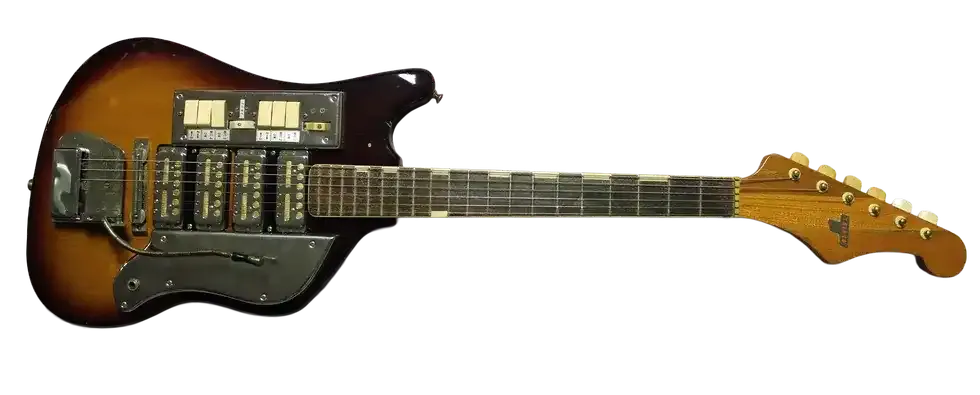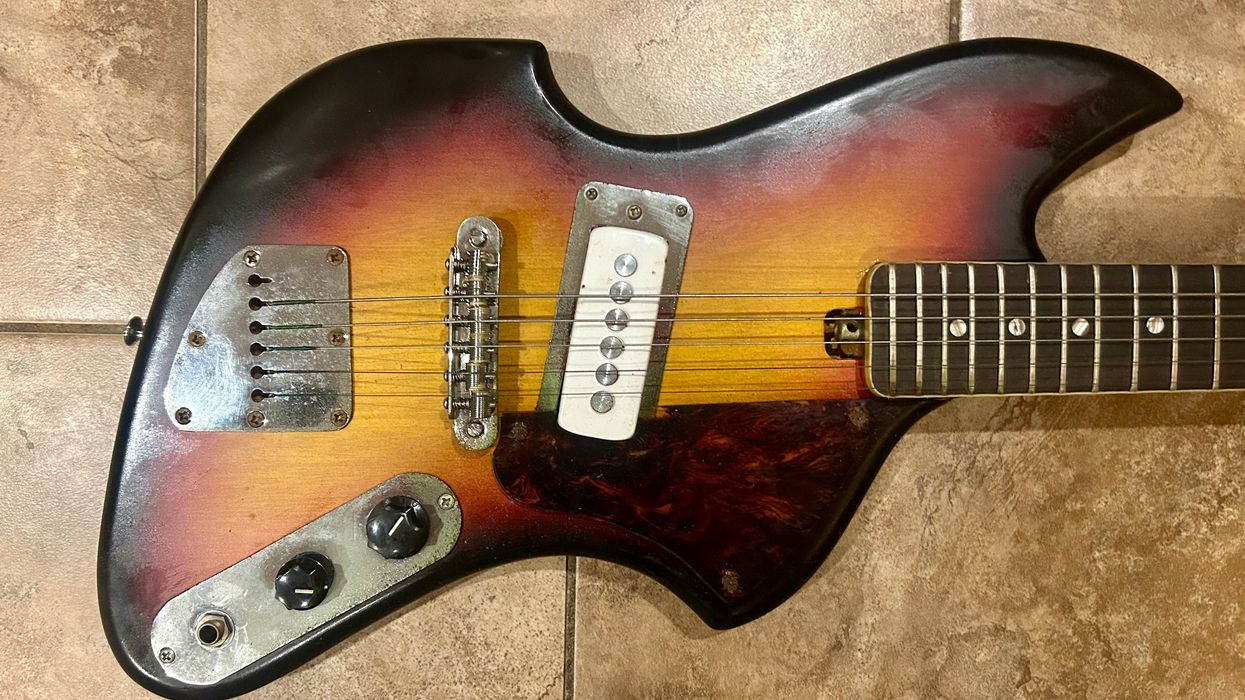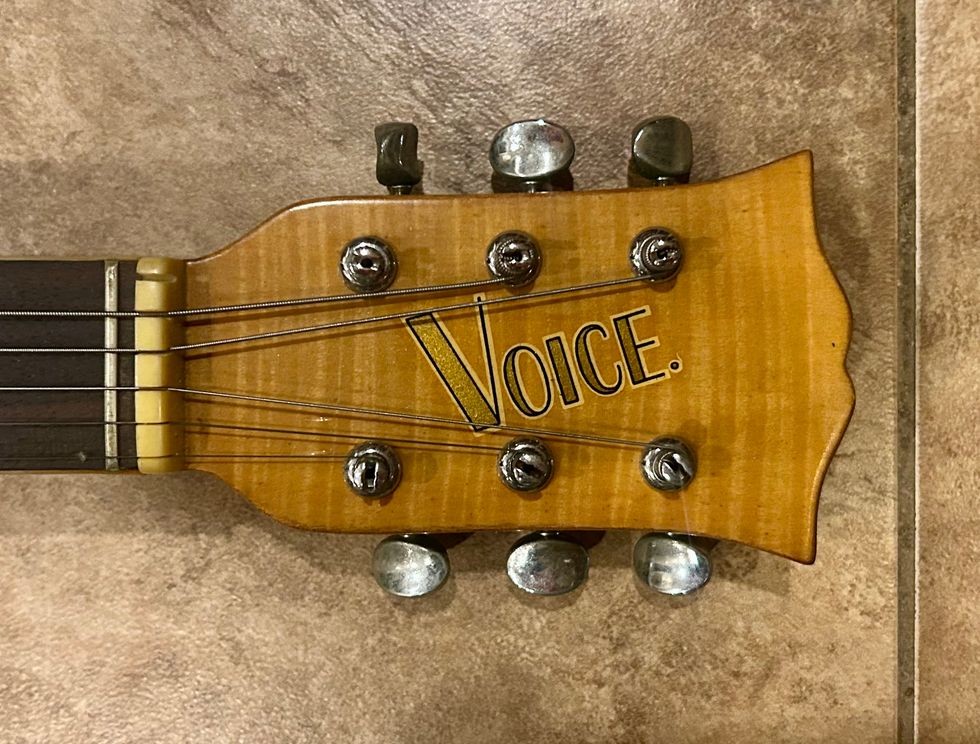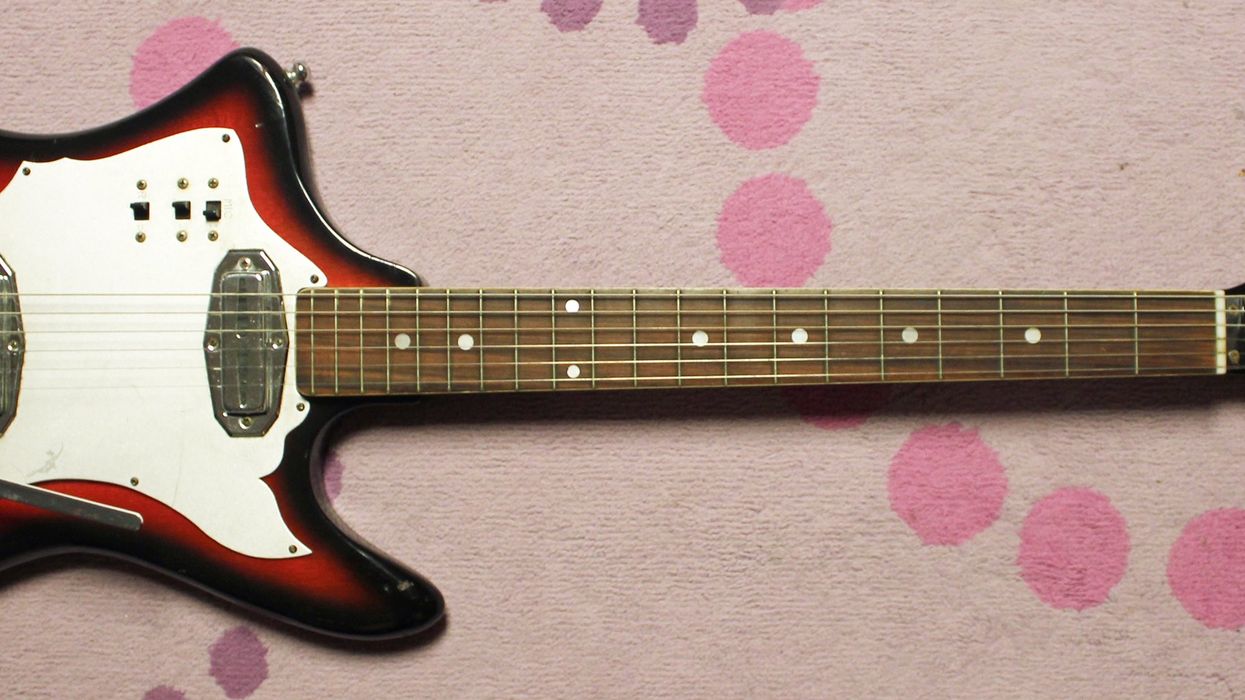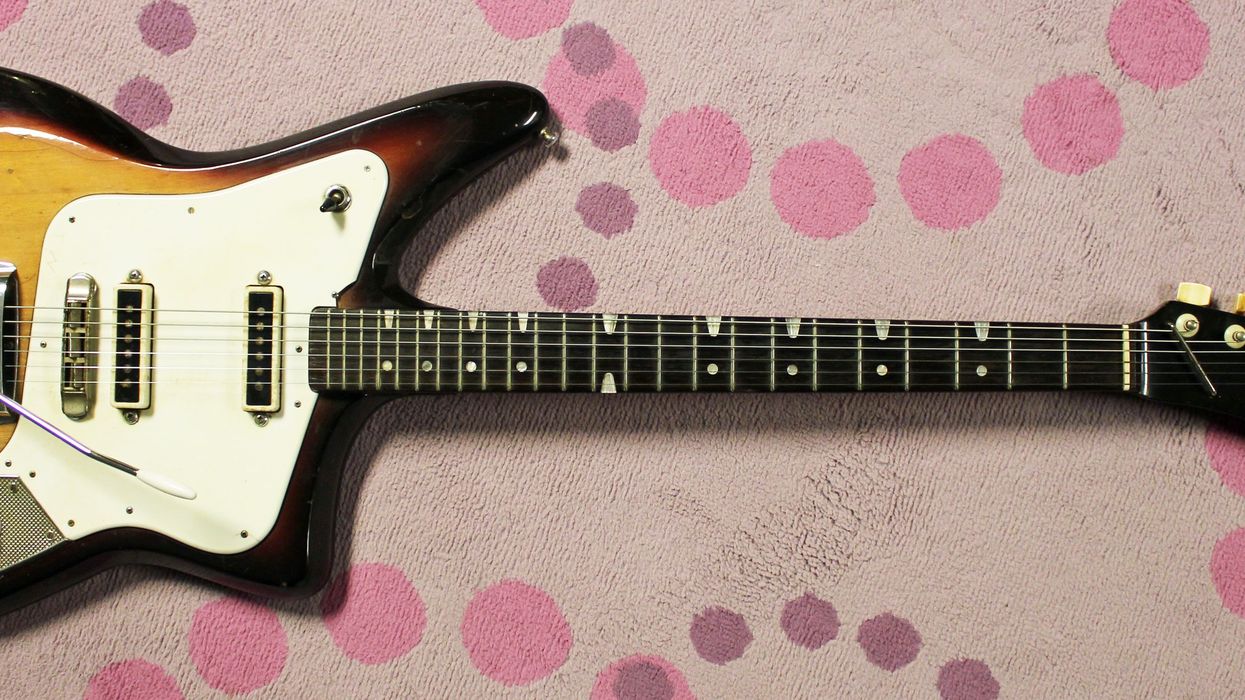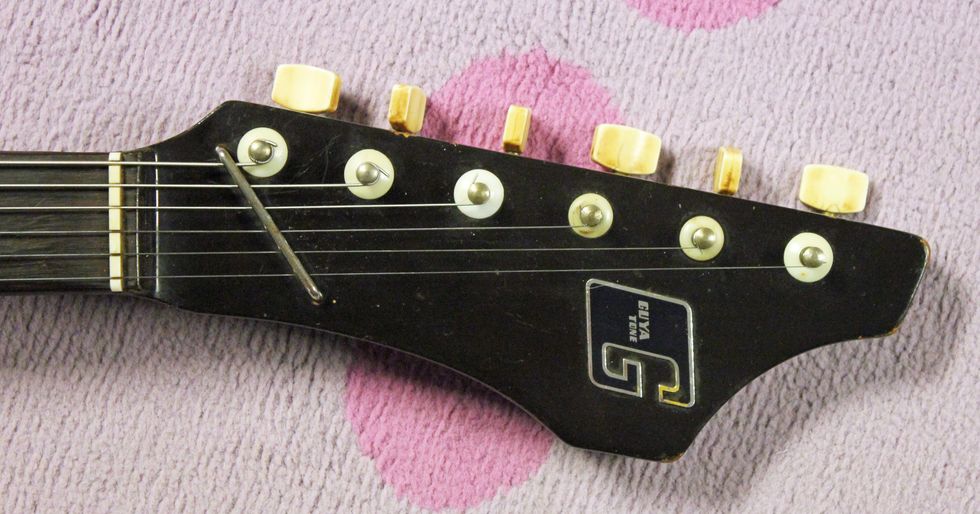Over the holidays, our family got together and talked about normal things—like shopping, movies, and guitars! My father-in-law plays acoustic guitar, and since we live so close to the Martin guitar factory, he has quite an impressive collection. We got to talking about tonewoods and how each of his Martins has a different feel and “vibration” of sorts. One can really dig deep into various guitar tonewoods and how they impact sound. (I once visited a factory in Japan that played classical music in the curing room because they believed that the music would have a certain tonal impact.) But whenever I’m presented with someone who is obsessed with wood quality, I think about the pine, Formica, and fiberglass electrics made by Danelectro and Valco as examples of guitar building that totally ignored the traditional process. So, this month I’m going to tell you the story of a guitar model that’s a great example of how certain guitar makers threw tonewood theories right out the window.
In 1961, the Valco Company began to revamp their factory in Chicago and invested in a new fiberglass technology for building guitars. The company highlighted how fiberglass guitars would be more durable and resistant to changes in climate. Additionally, it would be much cheaper compared to using wood. By 1962, a large portion of the factory was dedicated to building 6-strings using fiberglass, and there were about 10 different models dubbed Res-O-Glas guitars.
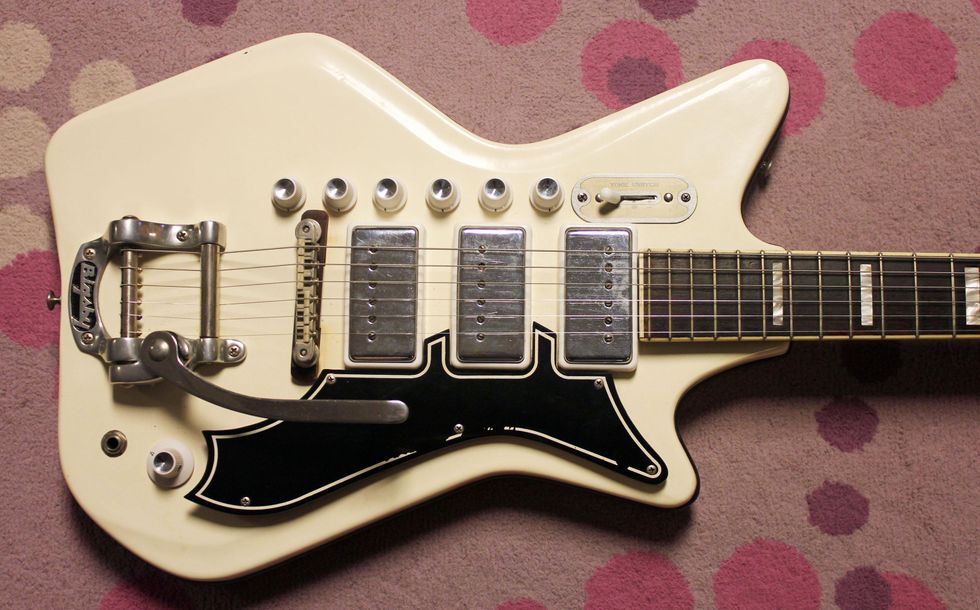
Sure, those knobs and the pickup selector will get in the way of your strums, but they don’t make this hip-looking Airline any less cool.
Valco made different Res-O-Glas guitar models using the brands National, Supro, and Airline. The Airline-branded guitars were sold through Montgomery Ward department store catalogs, and the most expensive model was the Airline Professional Vibrato. This 3-pickup guitar was an interesting departure from the traditional Airline offerings. It featured an angular, oddly shaped body identical to the red Airline guitar that would later be made popular by Jack White. The Professional only came in white, featured a genuine Bigsby vibrato, and sold for a whopping price tag of $249!
Whenever I’m presented with someone who is obsessed with wood quality, I think about the pine, Formica, and fiberglass electric guitars made by Danelectro and Valco as examples of guitar building that totally ignored the traditional process.
The guitar featured fine Kluson tuners, a bound neck with celluloid inlays, nickel-silver frets, and the always exquisite-sounding single-coil Valco pickups (that look like humbuckers) that were made in-house and have a great, aggressive tone, even with fiberglass. The controls for this model include a row of knobs above each pickup for bass and treble. The idea was that you could have each pickup preset to your tastes. There was also a master volume control and a 3-way blade pickup selector switch.
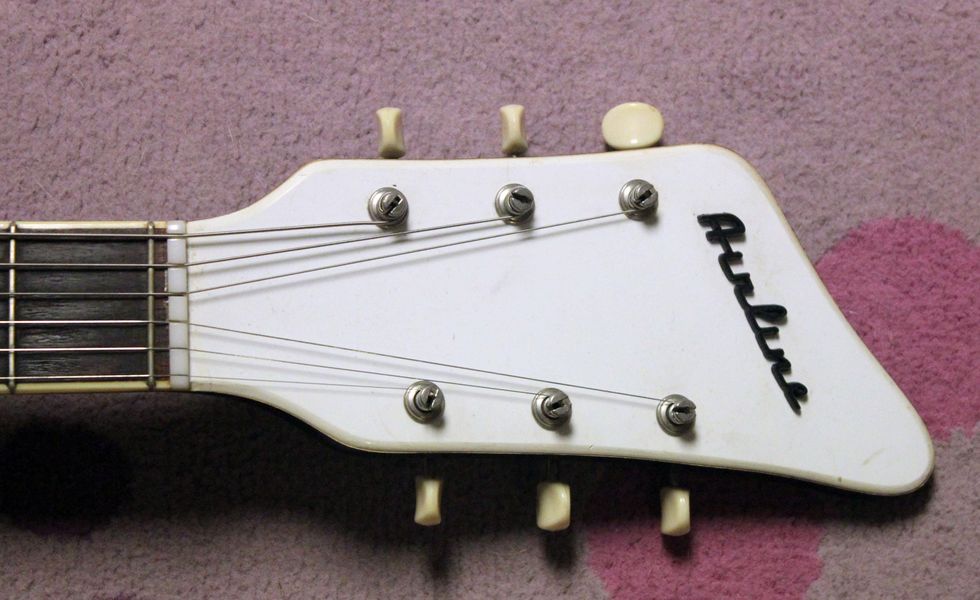
The guitar featured fine Kluson tuners, a bound neck with celluloid inlays, and nickel-silver frets.
This excellent guitar initially appeared in the 1965 catalog, but was gone by 1967, which makes it an extremely rare and desirable instrument. It’s a shame more people haven’t had the chance to play this model, because it offers such a unique experience. The guitar is super light but still well-balanced. The tonal sin of many Valco guitars is that the electronics were often over-done and blanketed in all sorts of capacitors, and this Airline Professional is no exception. The upper row of knobs is also right in the way of your strumming motion, so that’s a bit of a problem. But even with these quirks, the guitar sounds amazing. And all Res-O-Glas instruments are alive and full of vibration!
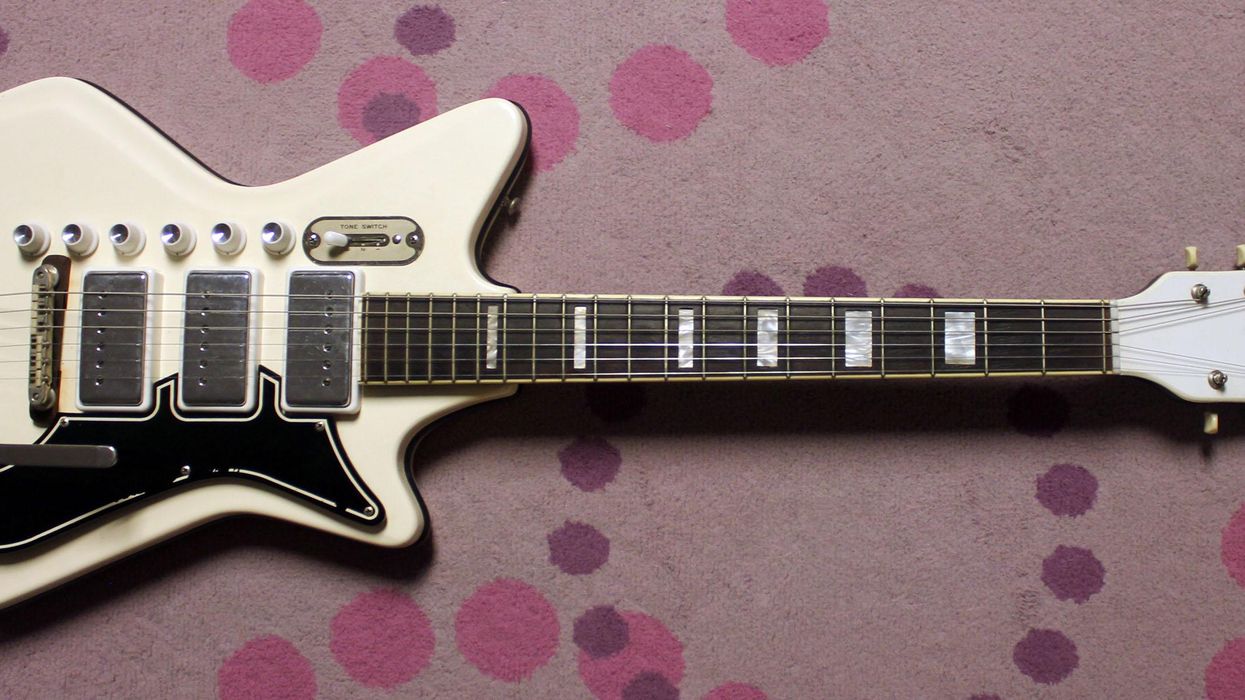

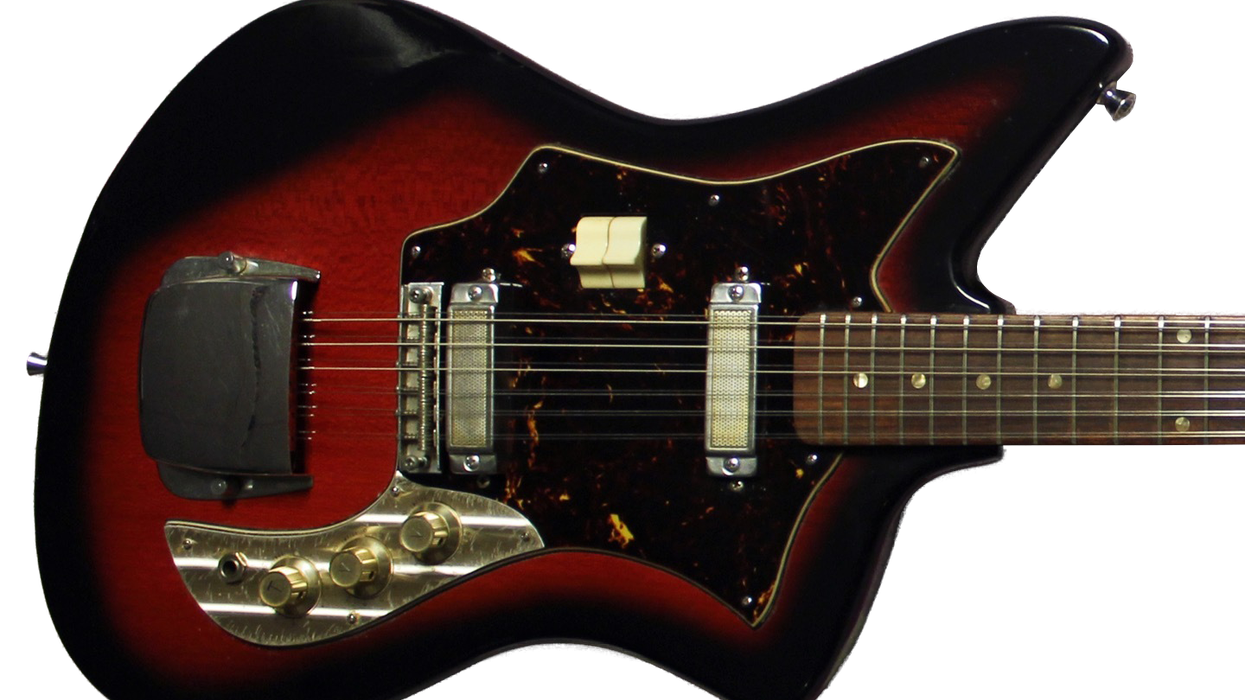
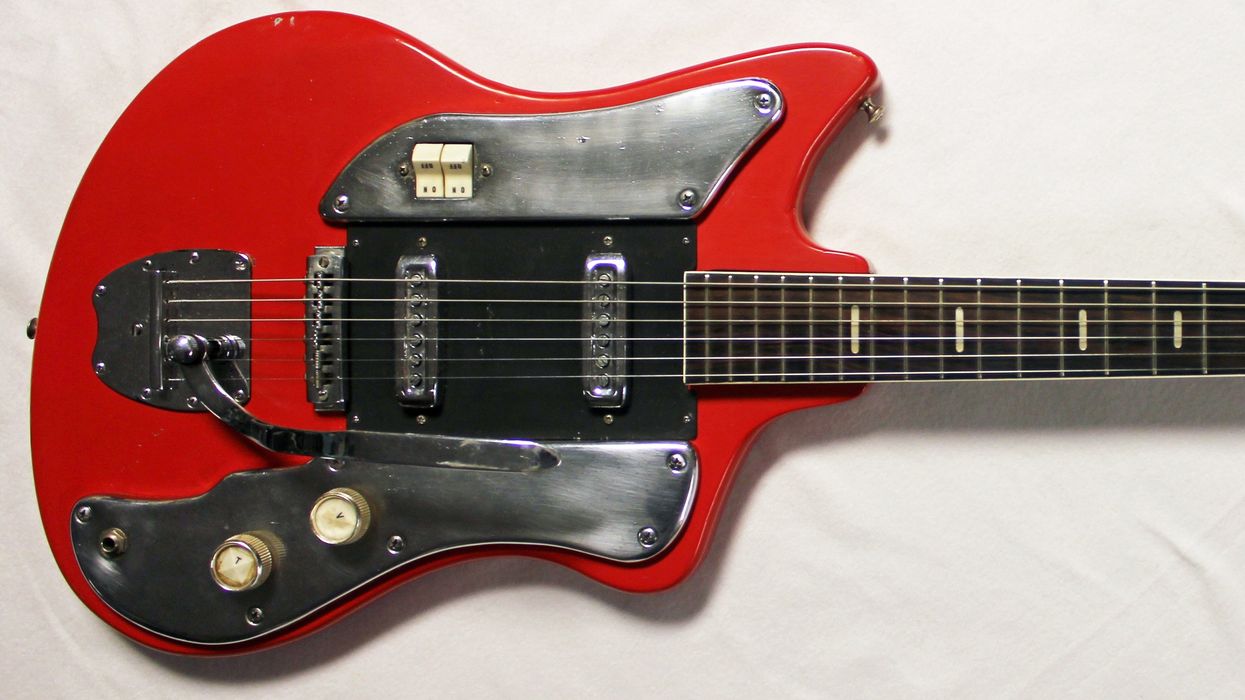
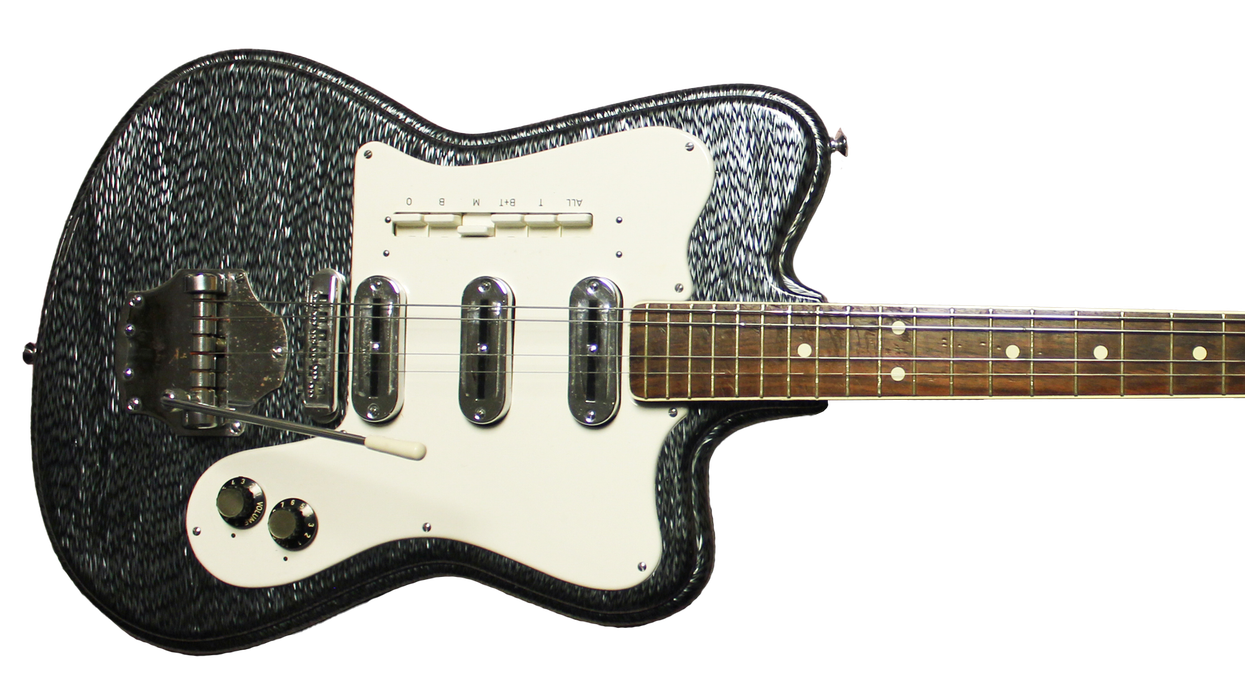
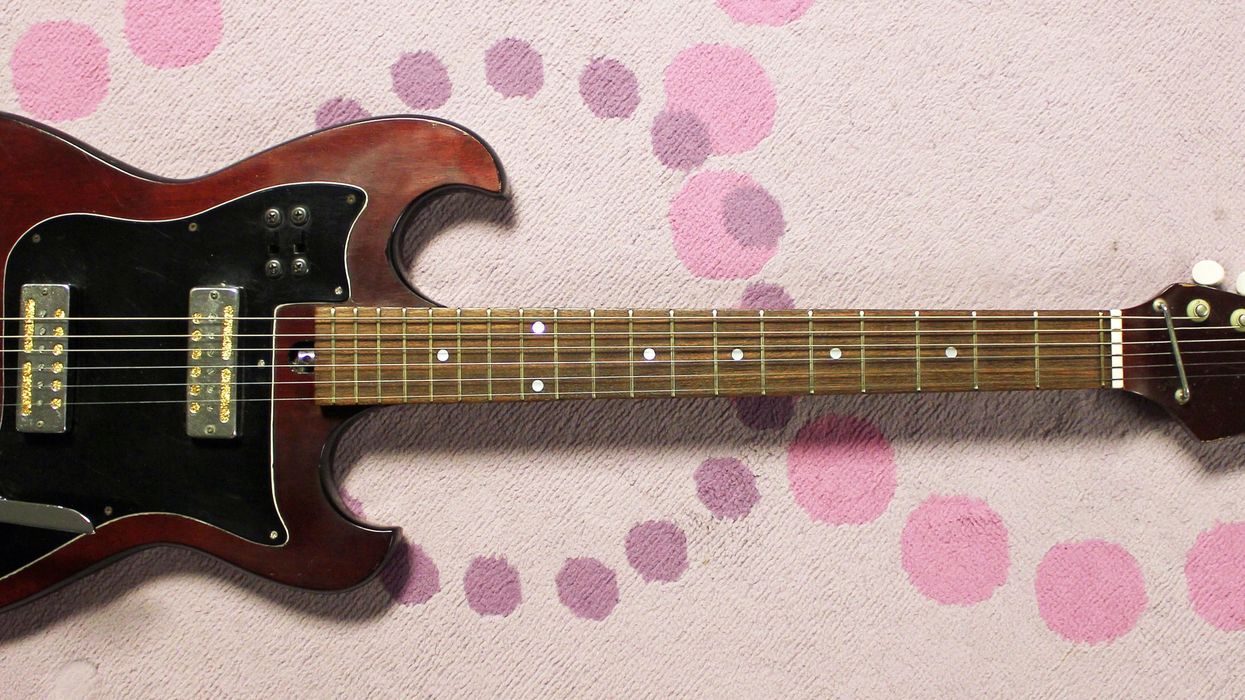
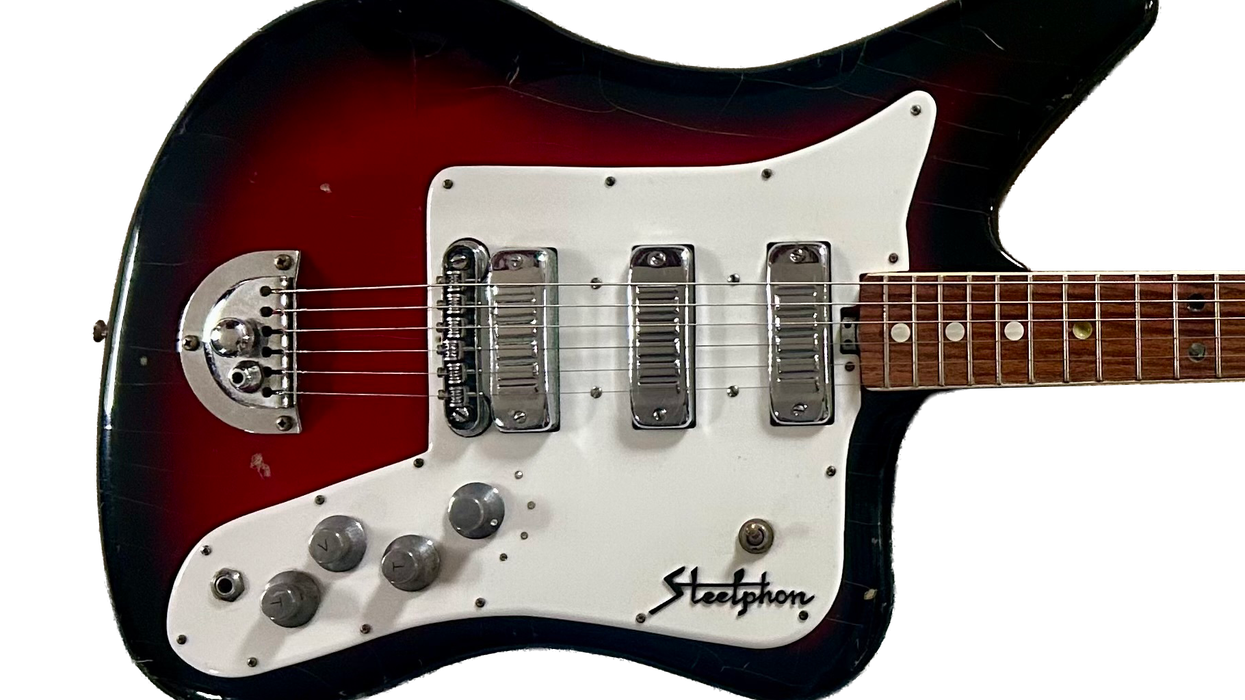
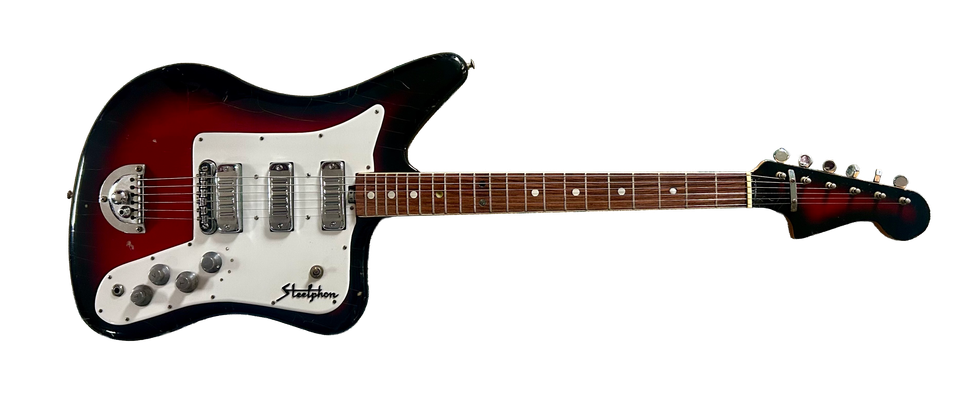 Then, in the dream, I “awoke” and realized I was back in my bedroom, and it was all just a dream. The kicker is that I was still dreaming, because that “paddle” guitar was suddenly in my hands—then I woke up for real! How about that misadventure?
Then, in the dream, I “awoke” and realized I was back in my bedroom, and it was all just a dream. The kicker is that I was still dreaming, because that “paddle” guitar was suddenly in my hands—then I woke up for real! How about that misadventure?





